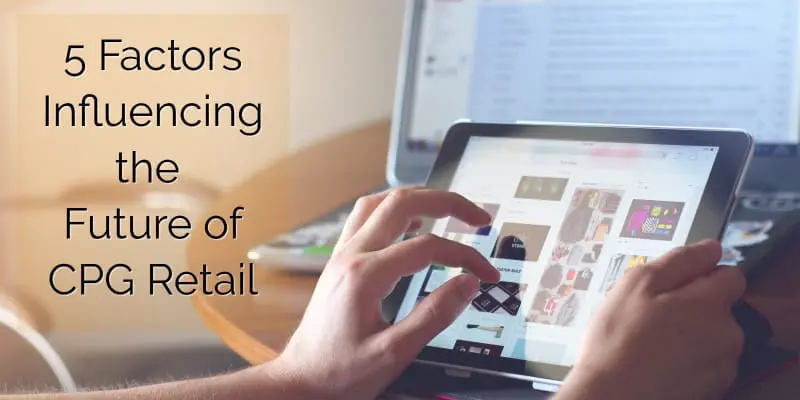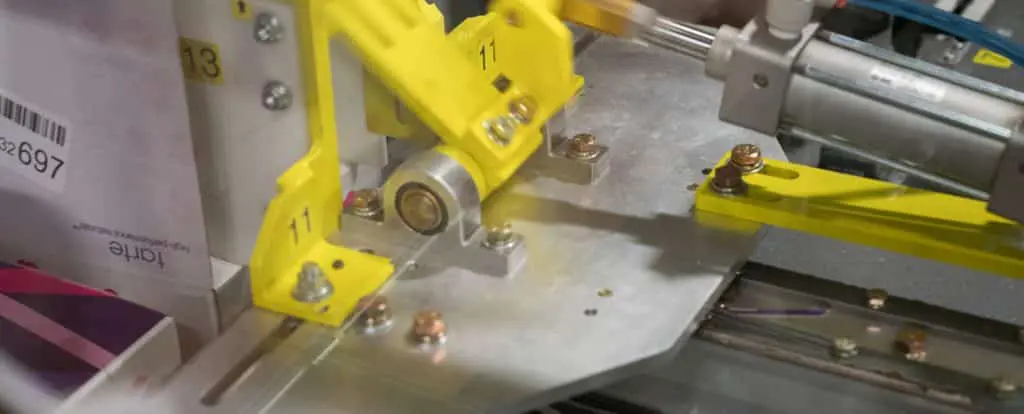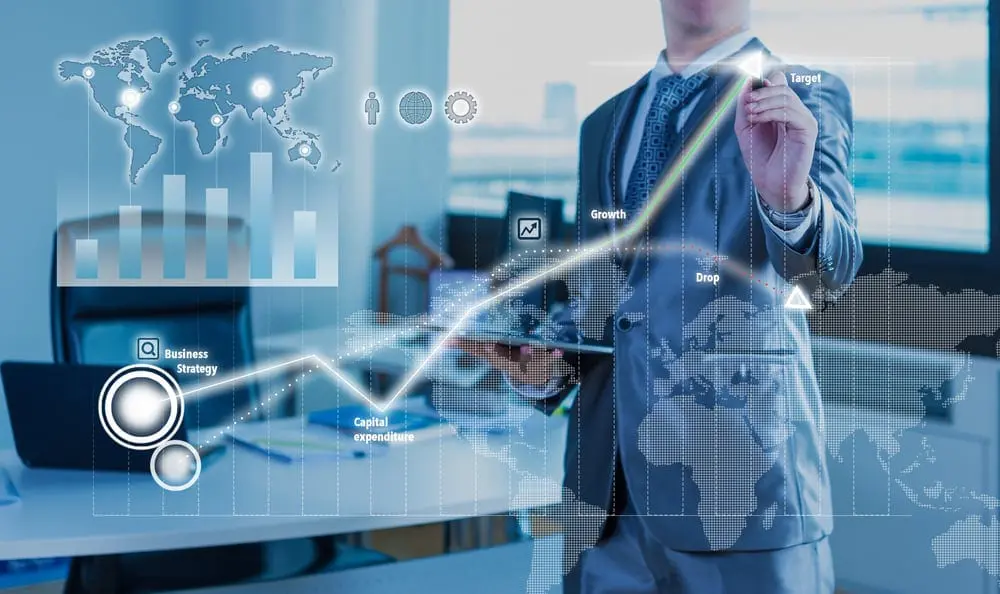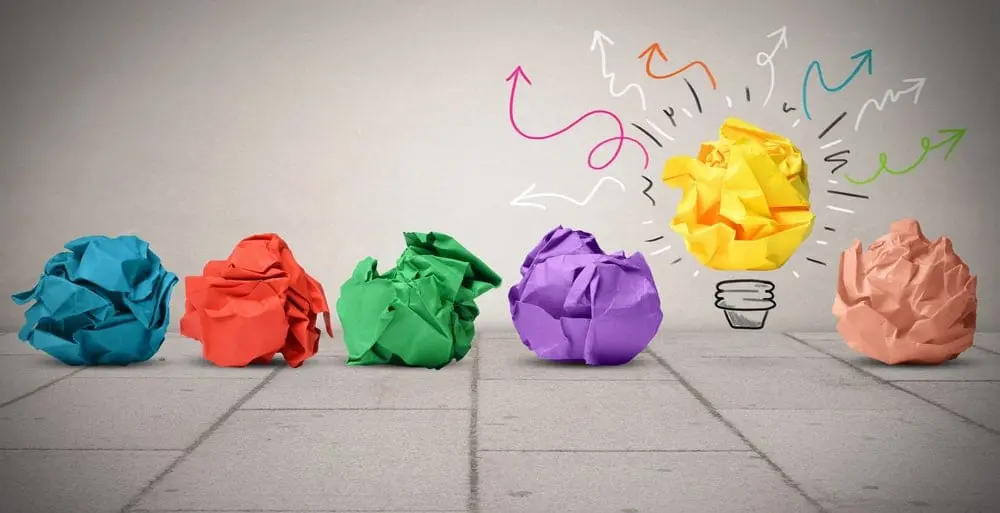The future of CPG retail is currently in a state of flux. While the consumer packaged goods sector has been somewhat shielded from the disruptive impact of eCommerce up to now, the situation is rapidly changing.
As a result, CPG brands face a race against time to position their retail strategy for the future, while trying not to lose focus on the established channels that made them successful in the first place.

This article provides a rundown of several key factors beginning to impact the future of consumer packaged goods retail, with a view to adding a deeper dive into each topic over the next two months.
5 Factors Influencing the Future of CPG Retail
Here are some of the central trends driving the need for change in the CPG retail sector.
1) The Need to Differentiate
Doing things the same way as they’ve always been done is a recipe for disaster when eCommerce disruption comes calling.
The last few years is littered with retailers who believed they could double-down on an established brand and bricks-and-mortar presence to ride out the shift to online shopping. Bankruptcy – or at least a greatly redued physical retail presence – is typically what followed.
The intrusion of eCommerce on a business sector forces brands to reassess how they are different from the competition. They must then play up to those qualities that make them stand out, rather than try to imitate others and ending up with a less compelling version of what makes them special.
Tools like social media and mobile apps give your brand many more connection points to customers. They offer a way to not only let your buyers know what’s going on, but also to listen carefully to what they want and respond with how you can help.
Customers need to know what you stand for, what you’ll promise them, and why your brand is special in their lives. Take the qualities that make your CPG brand different and amplify them with the online tools at your disposal.
2) Relentless Focus on CX
Customer experience (CX) is heavily referenced when we talk about designing websites and mobile apps, but it quickly gets lumped in with things like customer service or physical appearance when it comes to businesses rooted in bricks-and-mortar.
As physical retail is increasingly oriented towards the requirements of online consumers, things needs to change. Customer experience needs to be a primary focus for retailers in 2020 and beyond.
For example, the transition between learning about a brand on its website, downloading the associated app, placing an online order and getting it delivered, should be seamless. The customer journey should be a natural flow through distinct platforms that are connected by the common thread of the company’s brand aesthetic.
The good news for CPG retail is that not everything has to move away from the physical store.
On the contrary, brick-and-mortar sites are making a comeback and could again become a focal point for the kind of experiential branding that linked to CX.
We’ll have much more on this trend in a future article, including more on marketing by experience and how beauty brands are blazing a trail worth following for any company ready to embrace the direct-to-consumer model.

3) Tech Investment to Drive Innovation
Analysis by Bain & Company recently highlighted that, when it comes to investment in new technology, Amazon will outspend its average retail competitor by a factor of ten over the next five years. At their current rate of investment, that equates to every one of its ten closest retail competitors allocating an estimated $100 billion less than Amazon for information technology by 2023.
Why does this matter? Isn’t Amazon simply spending far more because its core business is delivered online? While this is clearly a factor, it overlooks some crucial aspects of the retail landscape that are helping Amazon become even more dominant.
As highlighted in the previous section, data analysis and digital platforms have evolved into keys that open up new paths to customers.
Yes, technology is the core of Amazon’s business offering, but it is also fundamental to the company’s strategy of getting closer to customers with every interaction.
For other retailers, the ongoing impact of failing to keep pace with Amazon’s investment in IT is significant. It will compound the effect that we have already seen, with long-established retailers unable to meet customer expectations because their systems aren’t sophisticated enough to keep up.

4) Data-driven Decision Making
As is often highlighted by the media, albeit in a negative context, the advent of eCommerce has delivered a treasure trove of data for organizations to analyze. This inevitably brings with it security risks, but there are numerous scenarios in which companies can use this newly available data to better serve their customers.
Appropriate connection and personalization mean that retailers, for example, can alert shoppers to the best deals on products they regularly purchase. If these specials are limited to certain stores, the retailer could also use location data to send those alerts to certain areas, rather than blanket promotion to others who may not be able to take advantage of them.
Personalization is increasingly important in eCommerce retail marketing and improved use of data is the most effective way to deliver on that promise.
On a strategic level, improved access to data also helps decision making at every level of the company.
As we’ve highlighted before, CPG brands that are able to gather the right data points and analyze them effectively can turn that raw data into actionable information. When this informs decisions that help the brand get closer to customers and serve them more effectively, it helps the brand to stand out from competitors with less sophisticated data analysis programs.

5) Experiment and Improve
The relatively slow rate of change in the retail sector before the turn of the century has accelerated rapidly over the last decade. Although it seems natural to consumers to browse for goods and services across multiple devices and platforms nowadays, things were very different ten years ago.
This rapid development of eCommerce went hand-in-hand with the advancement of technology, such as smartphones and faster data connections.
Such speed means that retailers need to be equally agile in their decision-making and dynamic in the way they explore new routes to customers. This requires experimentation.
Between major retailers and local store chains, CPG brands have an established business model that has served the sector well over the years. Although the model has proved more resistant to eCommerce disruption than some, change is upon the CPG sector and time is of the essence for the major players to test new routes to market to see what works for their customers and what they can afford to ignore.
A fast-paced model rooted in the following methodology can be used to drive these tests: Experiment >> Assess >> Adapt >> Adopt or Eliminate.
Again, we’ll examine this concept in more detail when we delve into experimentation’s role in innovation later in August.

Over the rest of the summer, we’ll examine each of these influences in greater detail and provide actionable tips you can use to meet the rising expectations of future CPG retail customers.
In the meantime, be sure to familiarize yourself with the underlying concepts of Be Your Own Retailer and why Amazon FBA isn’t the answer for the future of CPG retail, which we covered earlier this year.
